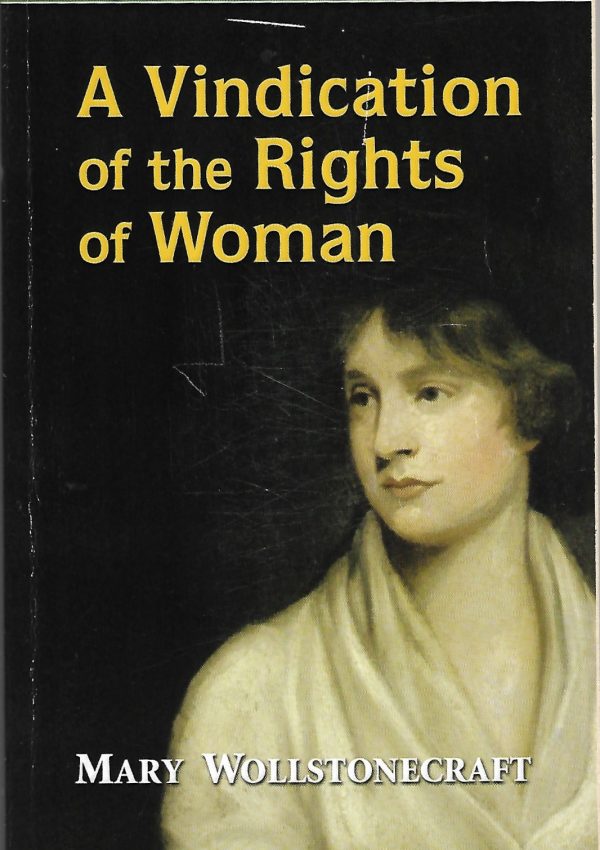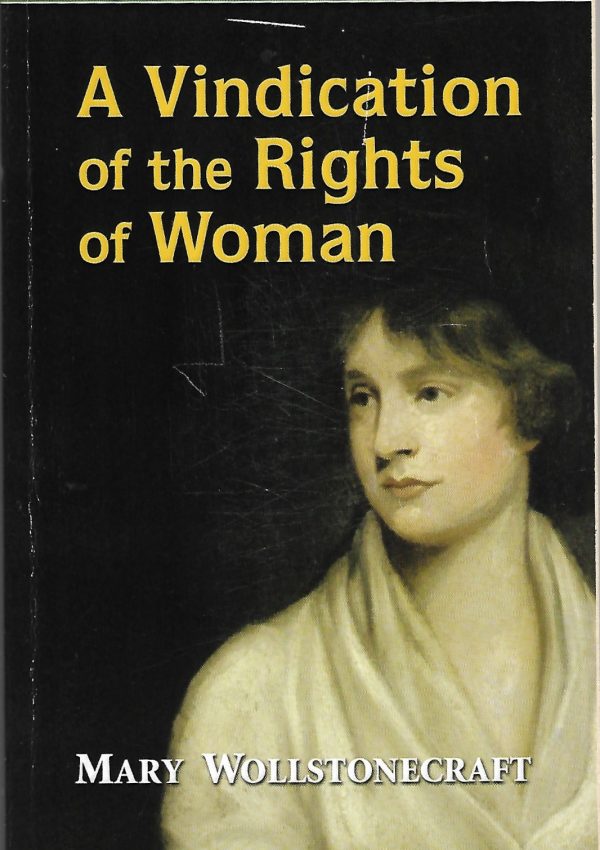
Mary Wollstonecraft naked
A statue to honour Mary Wollstonecraft, created by Maggi Hambling and commissioned by Mary on the Green, has been erected at Newington Green. It depicts a small, stern-faced, naked female figure with a bush of hair on her pubic mound rising out of swirling silver shapes and it has caused a great deal of outrage and criticism online and in the press and media.

The statuary furore
So there are questions – what is wrong with the statue created to honour Wollstonecraft by Maggi Hambling? Is there something wrong with statues of naked women? Who was Wollstonecraft? How should she be honoured after she was disgraced and forgotten for so long? Could it be that nakedness is vulnerability and this naked statue endangers all women because it’s a provocation to men who are so aroused by the sight of female nudity that they lose control of their bodies and their morality? Does Mary Beard give us any answers in The Shock of the Nude?
Mary Wollstonecraft undressed
Mary Wollstonecraft lived almost 200 years ago and at some point, she was naked enough to twice become pregnant but died in childbirth before she was 40. Her portraits show her as a fully clothed and coiffured 18th-century woman. How she is best remembered? She was a philosopher, writer and revolutionary but has she any relevance to me or to women today? She disapproved then, of women who like some women now, are obsessed with their appearance and behave like ‘spaniels’, (lapdogs?) and ‘toys’ (arm candy?) to please men. She was a Girondin sympathiser who wept at the execution of Louis Quatorze, felt pity for Marie Antoinette but feared the Jacobins who guillotined feminists like Olympe de Gouges. She started a school for girls. She believed in reason and education. She had love affairs and a child out of wedlock. She was an extraordinary woman and an inspirational person.
Those were the days
Wollstonecraft was in Paris during the French Revolution which temporarily ended slavery and she was alive at the start of the War of American Independence. Her views on revolution and slavery were tempered by her own experience as a woman at a time when women had no more rights than slaves over their bodies or their lives. She saw, however, that other women would readily sell themselves as objects of beauty and she understood too well that power quickly becomes corrupt and abusive even in the hands of idealists and revolutionaries. Her ideas influenced Jane Austen, George Elliot and other women writers.
These are our days
Everywhere in Europe, you will find statues of both fully clothed Virgin Marys and naked Christs on crosses. Paris has hundreds of nameless or mythical female forms draped adoringly around statues of famous men. There are also female saints and queens but at least Paris is a city rich in the art of statuary. London is dull by comparison and has very few statues of women. I quote from Statuesforequality.com – “Although there is no clear list of statues in London, it is estimated that around the 265 depict historical figures, of which 17 are of women. The percentage of statues of women in the UK that aren’t mythical or royal is approximately 3%, with more statues of statues named John dotted around the country than of women!”
Nude, naked and feminist?
The facts are that Mary Wollstonecraft did not have any rights to anything, not even to her own body, yet she wrote A Vindication of the Rights of Women. Through her intelligence and her great heart and courage, she has been a guiding light for women. I think that the naked truth of her achievement is evident in Maggi Hambling’s sculpture. I think the idea of Wollstonecraft has no need for covering up or dressing down. As a woman myself, who had a lover and a child before I married when that was still frowned upon, as someone who engaged with a revolution but became afraid of the way it used and abused power, as someone who thinks that both friends and foes need compassion, as someone who knows makeup and fashion can’t keep me safe, I find Maggi Hambling’s sculpture beautiful, appropriate and sustaining. She describes it as “an idea of”, but not a portrait of Mary Wollstonecraft.
Reclaiming nudity
Where power is abuse and women’s rights are fragile and not universal, women stand naked in an armoured world. Perhaps women need to reclaim nakedness for themselves and Maggi is right to do this for Mary Wollstonecraft. Some women do, as for example, the FEMEN, a feminist activist group intended to protect women’s rights who demonstrate bare-breasted against sexual exploitation.
Mary Wollstonecraft said:- “I do not wish women to have power over men but over themselves”
8 Comments on “Mary Wollstonecraft, nude statues & feminism”
Lovely writing, Ruth. I don’t like the statue.
Lorraine – thank you – writing well is important to me! I think there are so many women -and people who would agree with you about the statue. It’s interesting to find out what people think. As an artist myself I think I sometimes don’t take account of the impact of my own work on people’s sensibilities and I do think that Maggi Hambling doesn’t care what people think either. The one very good thing about the statue is that it got people talking about Mary Wollstonecraft again though. A further thought – I hope my writing is good enough to say things clearly – that is somehow different to being idiosyncratic in a visual art form!
nice post Ruth!
love, Marianne
Thank you Marianne – some of your posts and the photographic images are really beautiful -do you think you’re reaching an audience through them? There are so many blogs out there –
My first response to the statue was I liked it as a statue especially the flowing base but found it difficult to link it to Mary Wollstonecraft. I am aware of her place in history and the era in which she lived and it is difficult to accept that she would have liked or understood the statue. It is quite likely that she would have been deeply offended. Should we take that into account? Perhaps not but the thought is interfering with my appreciation of the statue.
Thanks Anne. It’s interesting to think of that perspective around this statue. Of course, no one can really know but I immediately start to think of time-travelling movies – two versions – suppose she was born now? Suppose she visited today? Would she have been fundamentally different? One guesses that she would have asked questions and had some conversations about it. I wonder what she would have discussed with Maggi Hambling? I confess that I’ve read about her rather than read her but I think she wasn’t an atheist?? or was religious so probably she would have been shocked.
I opened the link and saw the statue. Honestly, don’t see the point of showing this brave woman naked, and with a grim face. She gave so much of herself to women, and paved the way for us. I don’t believe any of us women today would like to be portrayed in this way. Men have not changed in the way they view nudity, unless they are artists, and most men are not artists so why have a still provocative statue of a brave woman?
Hi Aviva – I confess that it’s not the nudity that bothers me but the fact that I don’t think the nude is all that well-conceived. What interested me was the anger of feminists about the figure and their need for it not to be naked. I felt that was less about the symbolism and more about nakedness as a provocation which is what you are saying too? I did find myself feeling angry that women see nakedness as so risky even though I’d never want to be a naturist myself – so I have conflicting feelings and ideas. I thought the grim face was interesting because women do have to smile a lot but whether it’s appropriate for Wollstonecraft – or the idea of her – I don’t know? I have to confess to you that I’ve done some naked self-portraits but as installations, in order to explore how bodies are seen and used and how they experience living – when I make art about these subjects I think its more honest to use myself rather than hide behind a model. All these responses are great because they give me food for thought and I do love a good discussion. Thank you!